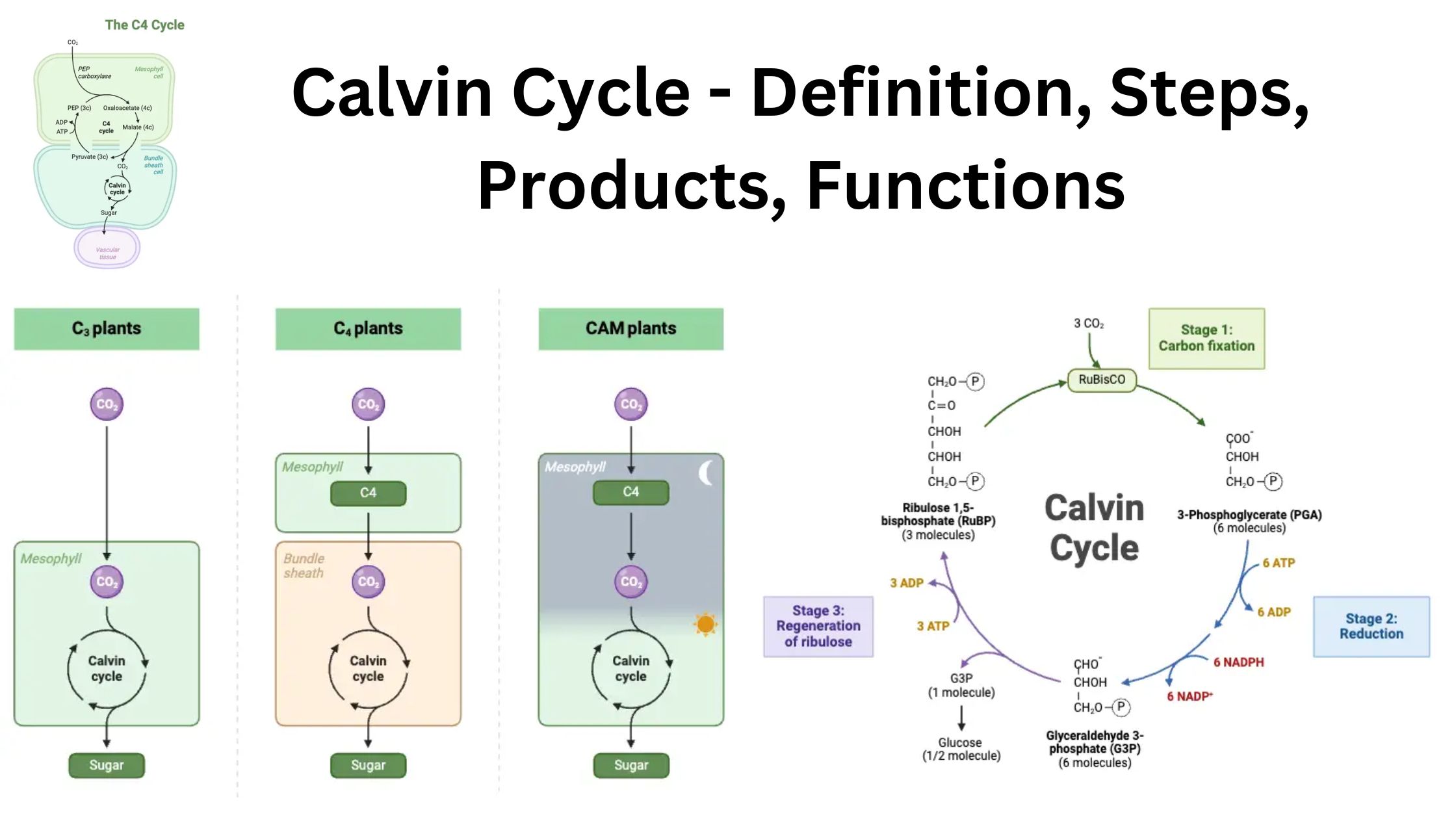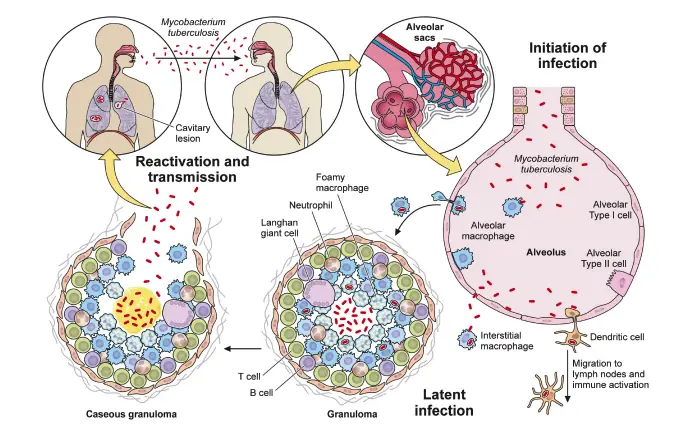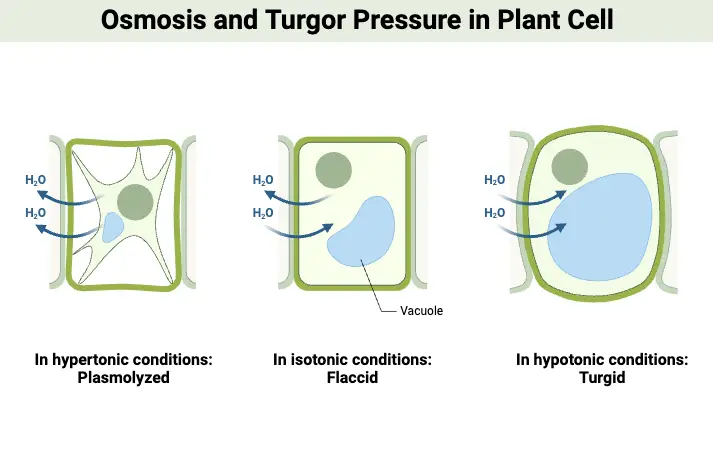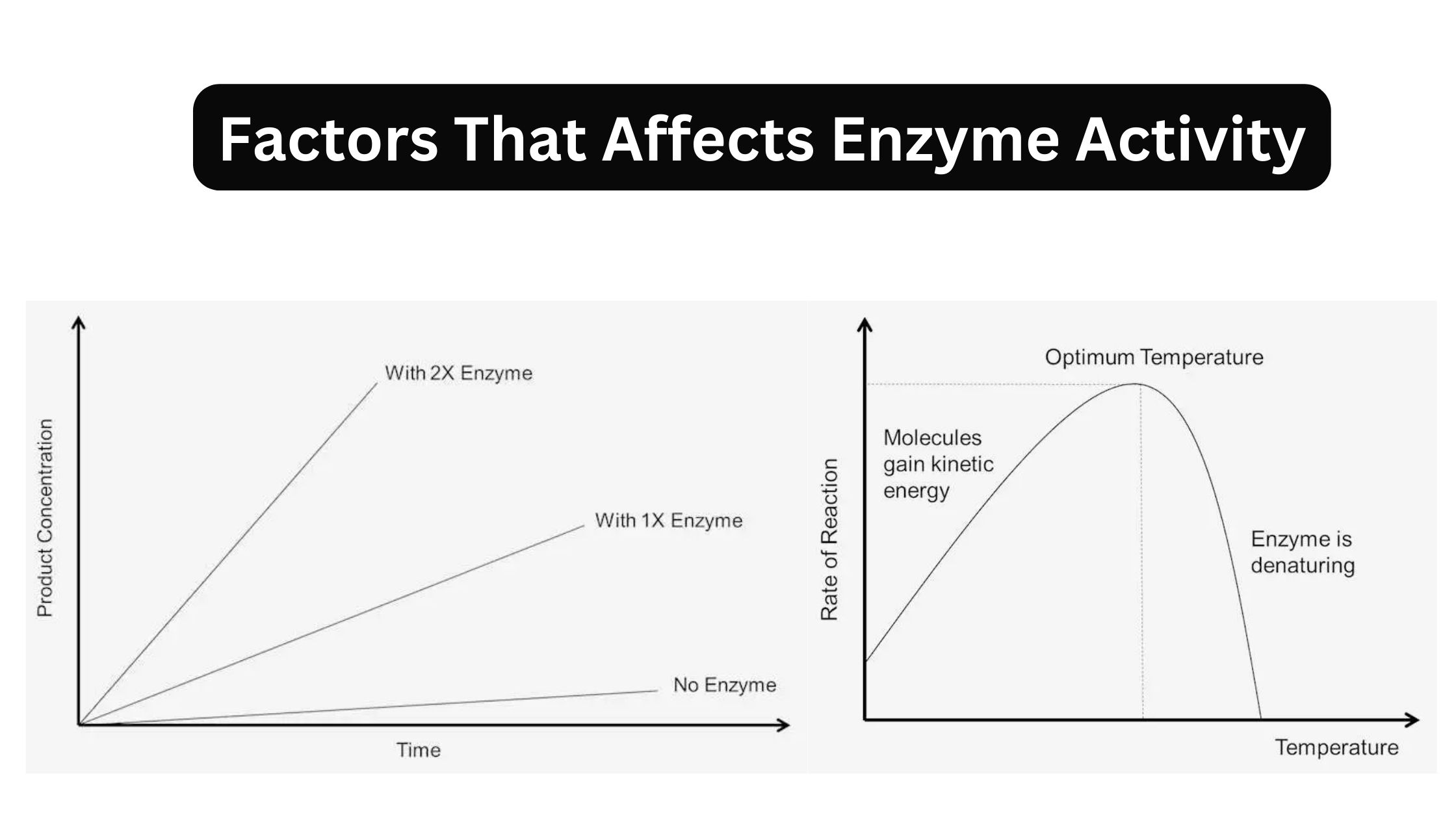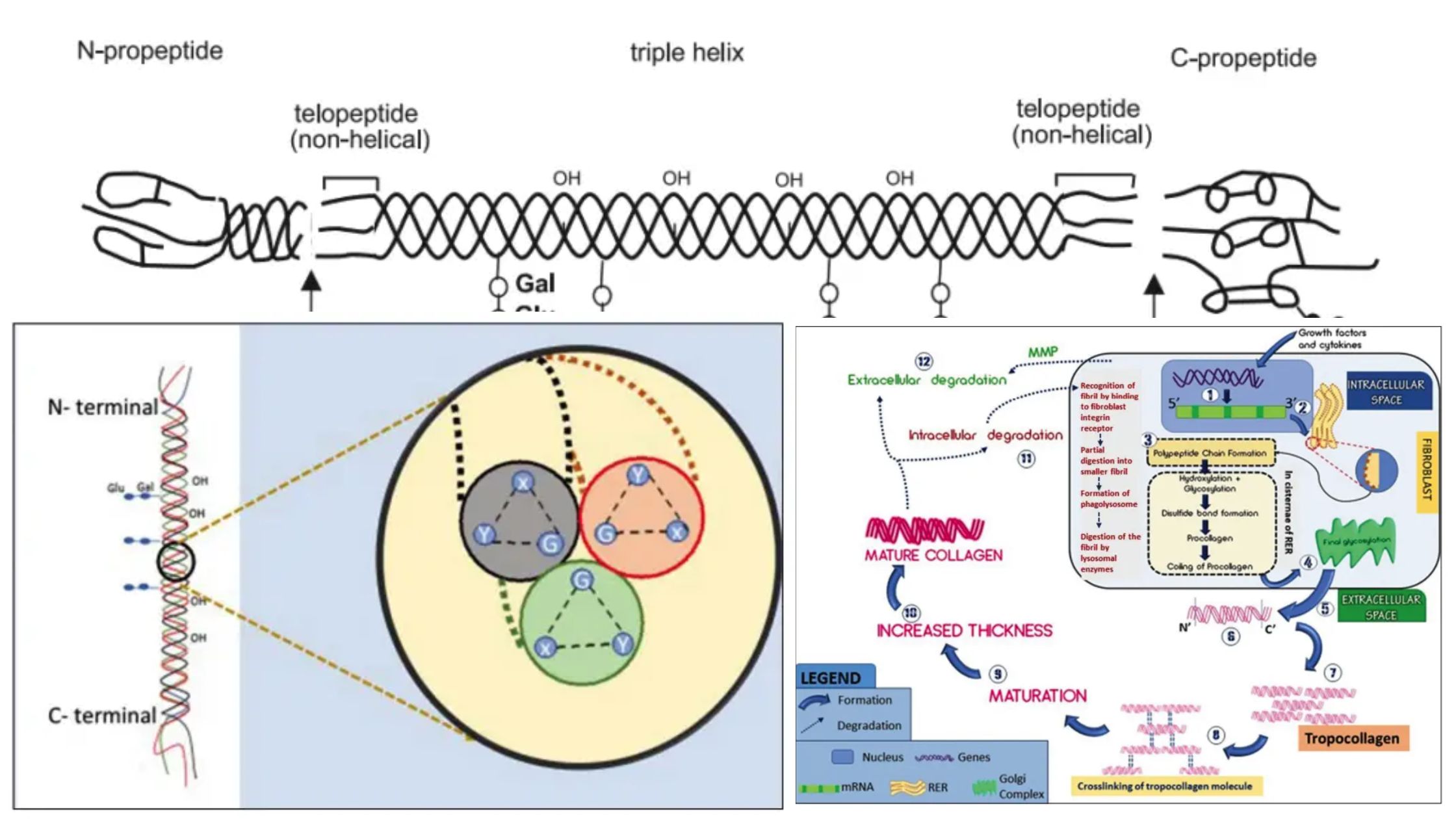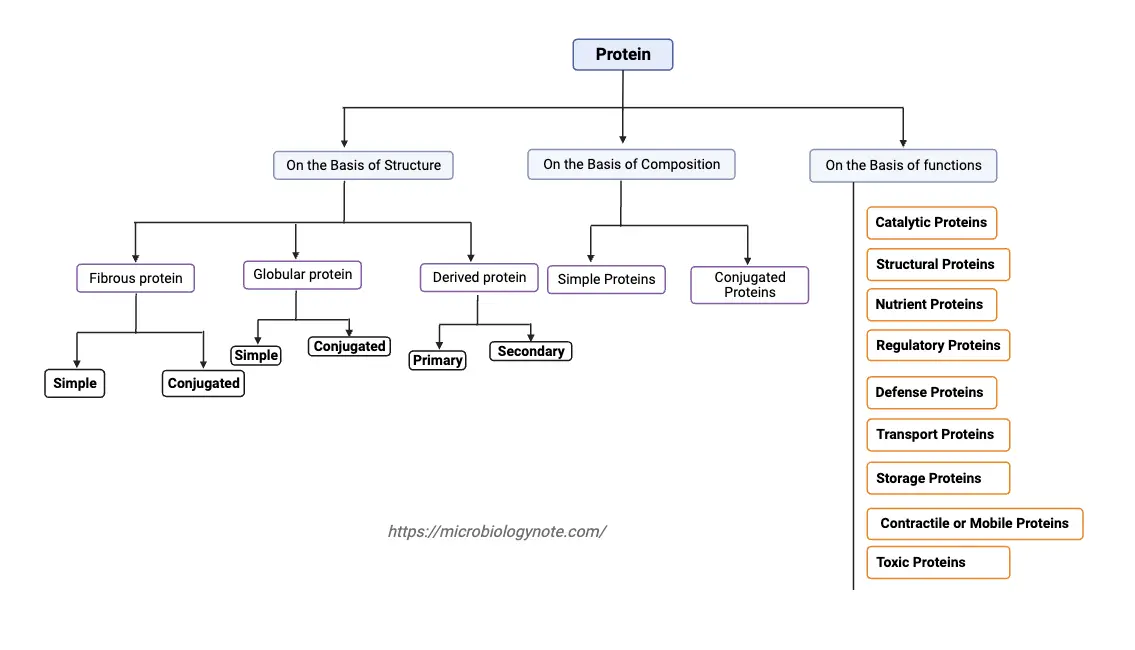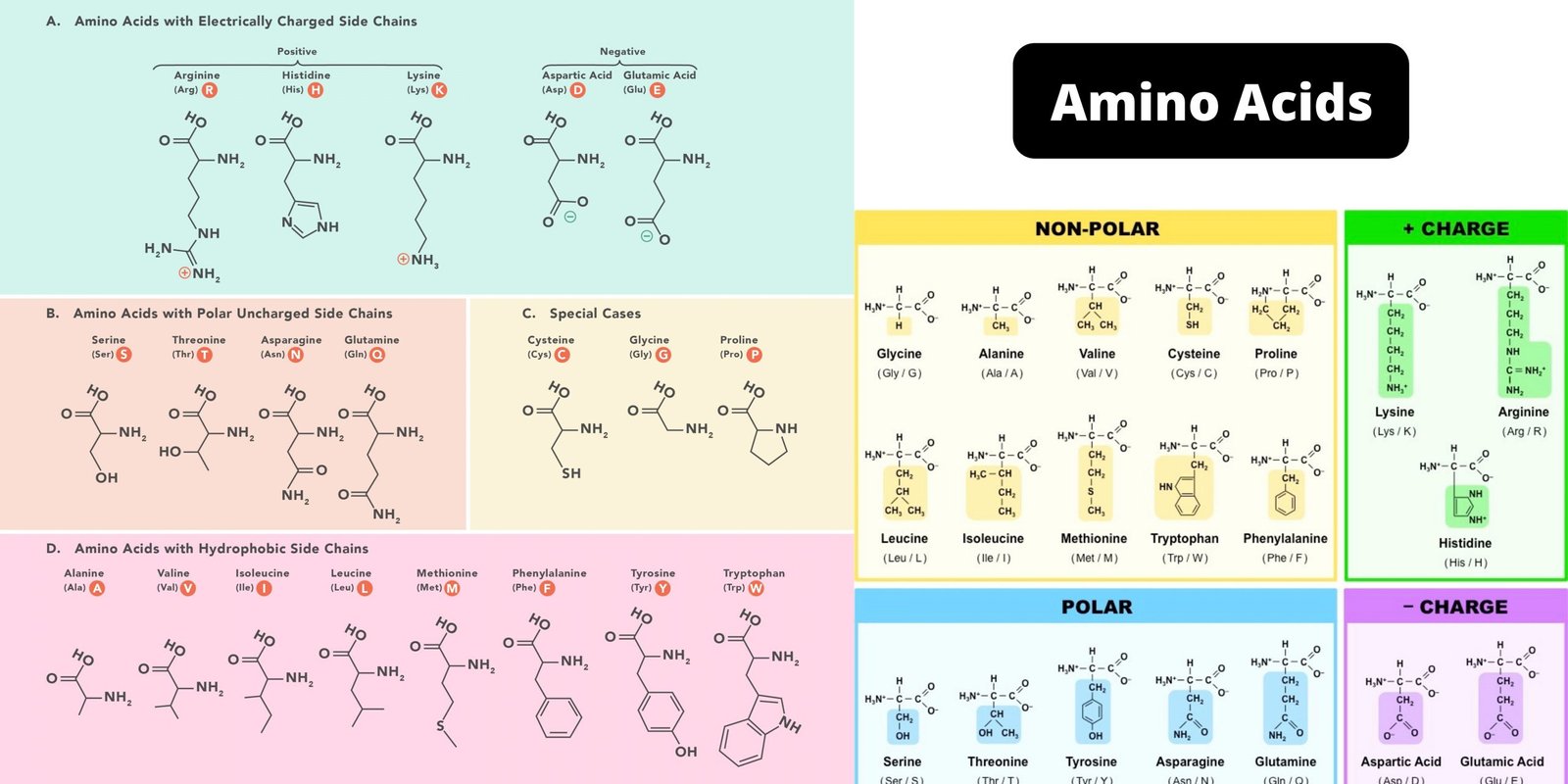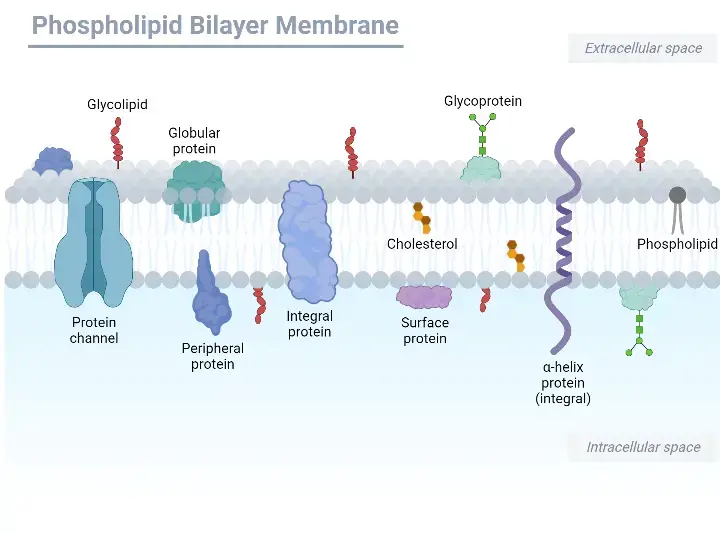Calvin Cycle – Definition, Steps, Products, Functions
What is Calvin Cycle? The Calvin Cycle, also known as the C3 cycle or Calvin-Benson cycle, is a critical biochemical process in photosynthesis that enables plants to convert carbon dioxide into organic compounds, primarily glucose. Named after Melvin Calvin, who discovered the pathway in the 1950s, this cycle occurs in the stroma of chloroplasts in … Read more
